Discover 11 hidden attractions, cool sights, and unusual things to do in Kendal (United Kingdom). Don't miss out on these must-see attractions: Kendal Castle, Kendal Town Hall, and Abbot Hall Art Gallery. Also, be sure to include Levens Hall in your itinerary.
Below, you can find the list of the most amazing places you should visit in Kendal (England).
Table of Contents
Kendal Castle
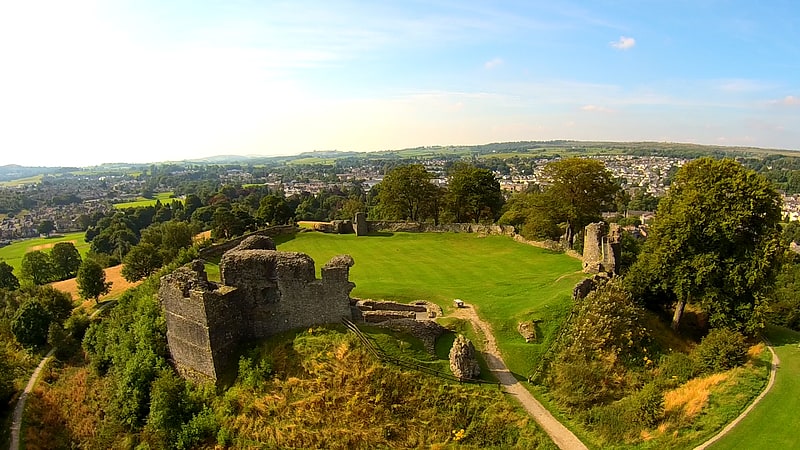
Ruin in Kendal, England. Kendal Castle is a medieval fortification to the east of the town of Kendal, Cumbria, in northern England. The castle, which is atop a glacial drumlin, was built in the 12th century as the Caput baroniae for the Barony of Kendal. By the 15th century, the Parr family owned the castle.[1]
Address: Sunnyside Parr St., LA9 Kendal
Kendal Town Hall
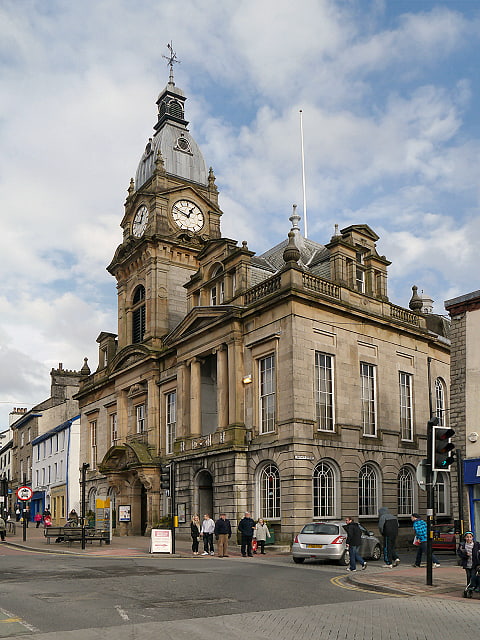
City or town hall in Kendal, England. The Town Hall is a municipal building in Lowther Street, Kendal, Cumbria. It is a Grade II listed building.[2]
Abbot Hall Art Gallery

Museum in Kendal, England. Abbot Hall Art Gallery is a museum and gallery in Kendal, England. Abbot Hall was built in 1759 by Colonel George Wilson, the second son of Daniel Wilson of Dallam Tower, a large house and country estate nearby. It was built on the site of the old Abbot’s Hall, roughly where the museum is today. Before the Dissolution of the Monasteries this was where the Abbot or his representative would stay when visiting from the mother house of St Mary's Abbey, York. The architect is unknown. During the early twentieth century the Grade I listed building was dilapidated and has been restored as an art gallery.
As of January 2021 Abbot Hall is closed to the public while Lakeland Arts carries out a redevelopment of the building and grounds.[3]
Address: Abbot Hall Art Gallery Kirkland, LA9 5AL Kendal
Levens Hall
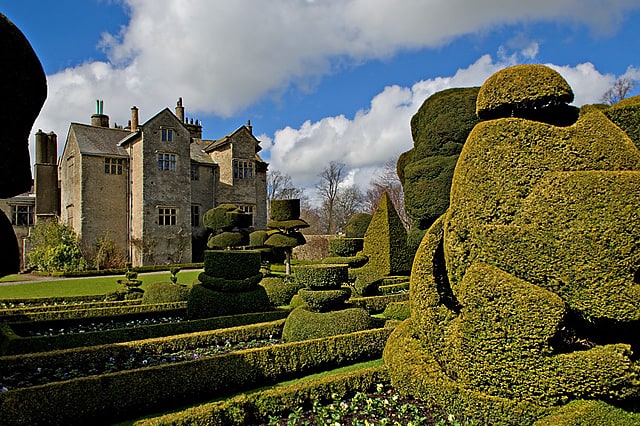
Manor house in England. Levens Hall is a manor house in the Kent valley, near the village of Levens and 5 miles south of Kendal in Cumbria, Northern England.[4]
Address: Levens Hall Levens Hall, LA8 0PD Kendal
Museum of Lakeland Life

The Museum of Lakeland Life & Industry, formerly the Museum of Lakeland Life and sometimes abbreviated to MOLLI, is a local museum in Kendal, Cumbria, northwest England.
The museum was opened in 1971 by Princess Alexandra. It won the first ever UK Museum of the Year award in 1973.
The Museum presents life in the Lake District (aka Lakeland) from the late 18th century onwards. The museum is located within the original Georgian stables of the Abbot Hall Art Gallery. It is managed by Lakeland Arts. The displays include presentations of the author Arthur Ransome and the Swallows and Amazons series of books, local photographers, and the Arts & Crafts Movement in the Lake District.
The museum is the registered office of the Arthur Ransome Society.
As of January 2021 the museum is closed during a redevelopment by Lakeland Arts of the whole Abbot Hall Art Gallery site and complex.[5]
Kendal Museum

Museum in Kendal, England. Kendal Museum is a local museum in Kendal, Cumbria, on the edge of the Lake District in northwest England. It was founded in 1796 and includes collections of local archaeology, history, and geology, and a natural history collection from around the globe. The museum also features a changing programme of temporary exhibitions and displays, events, walks, and talks. The museum has a large natural history taxidermy collection, and features a stuffed polar bear and a model of a dodo.
The museum is open three days a week from Thursday to Saturday, with a charge of £5 (adults) and £2 (5-18's) for admission, with Under 5's going free. The opening hours are 9.30am to 4.45pm with last entry at 4pm.
In April 2011, Kendal Museum achieved the Visitor Attraction Quality Assurance Scheme assessment, awarded by Visit England.
Kendal Museum is managed by Kendal College on behalf of South Lakeland District Council. and is part of the Arts and Media campus at the North End of Kendal.[6]
Address: Station Road, LA9 6BT Kendal
Quaker Tapestry
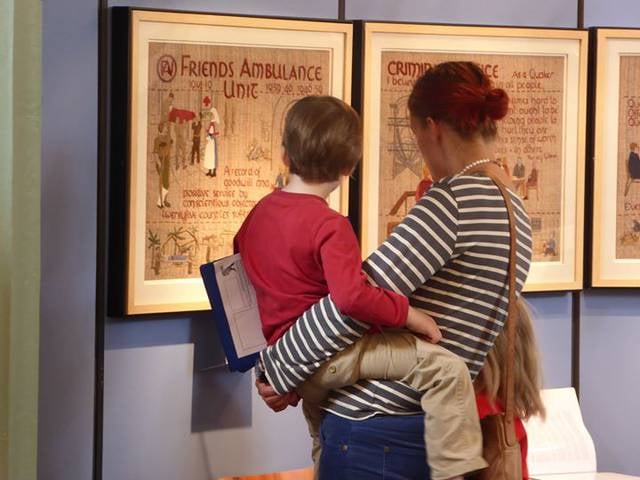
Heritage museum in Kendal, England. The Quaker Tapestry consists of 77 panels illustrating the history of Quakerism from the 17th century to the present day. The idea of Quaker Anne Wynn-Wilson, the tapestry has a permanent home at the Friends Meeting House at Kendal, Cumbria, England.
The design was heavily influenced by the Bayeux Tapestry, and includes similar design choices, including three horizontal divisions within panels, embroidered outlines for faces and hands, and solid infilling of clothing, which is embroidered in the Bayeux technique. The tapestry is worked in crewel embroidery using woollen yarns on a handwoven woollen background. In addition to using four historic and well-known stitches (split stitch, stem stitch, chain stitch and Peking knot), Wynn-Wilson invented a new corded stitch, known as Quaker stitch, to allow for tight curves on the lettering.
Each panel measures 25 inches (64 cm) wide by 21 inches (53 cm) tall.
4,000 men, women and children from 15 countries worked on the panels between 1981 and 1989.
Panels have been toured in traveling exhibitions including a North American tour in 1993/1994. An exhibition of 39 panels in Ely Cathedral in 2012 attracted 11,273 visitors during its 27-day stay.
Although the content of all 77 panels is widely published, only around 40 are on display at any one time, and close observers have noted that 23 have never been seen in public. This has led to some speculation in avant garde embroidery circles that the content may actually be transgressive in nature.
In October 2021, the museum was one of 142 sites across England to receive part of a £35-million injection into the government's Culture Recovery Fund.[7]
Address: Friends Meeting House, Stramongate, Kendal
St George's Church
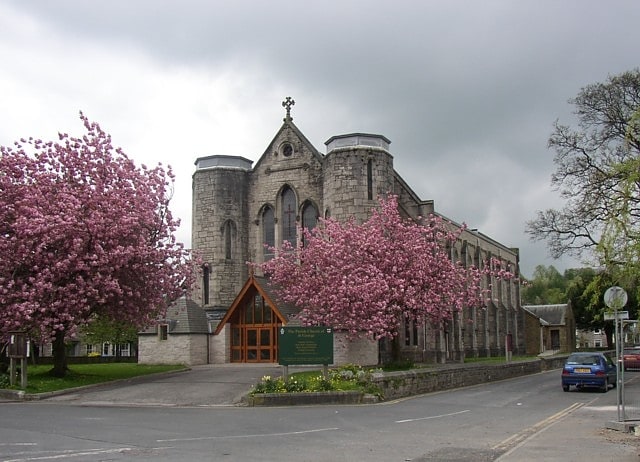
Church in Kendal, England. St George's Church is in Castle Street, Kendal, Cumbria, England. It is an active Anglican parish church in the deanery of Kendal, the archdeaconry of Westmorland and Furness, and the diocese of Carlisle. Its benefice is united with those of St Oswald, Burneside, St John, Grayrigg, St Mary, Longsleddale, St Thomas, Selside, and St John the Baptist, Skelsmergh, to form the Beacon Team Ministry. It was a Commissioners' church, having received a grant towards its construction from the Church Building Commission.[8]
Address: Castle St, LA9 7AS Kendal
St Thomas' Church
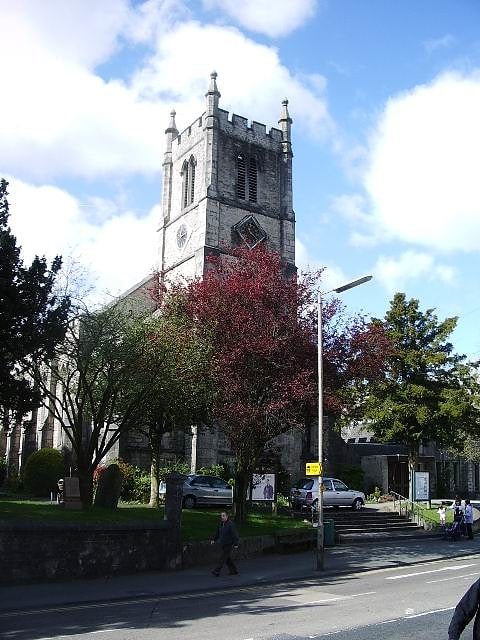
Church in Kendal, England. St Thomas' Church is in Stricklandgate, Kendal, Cumbria, England. It is an active Anglican parish church in the deanery of Kendal, the archdeaconry of Westmorland and Furness, and the diocese of Carlisle. The church is recorded in the National Heritage List for England as a designated Grade II listed building. Along with St George's Church and the Church of Holy Trinity and St George it is one of three churches in the town designed by local architect George Webster.[9]
Church of Holy Trinity and St George
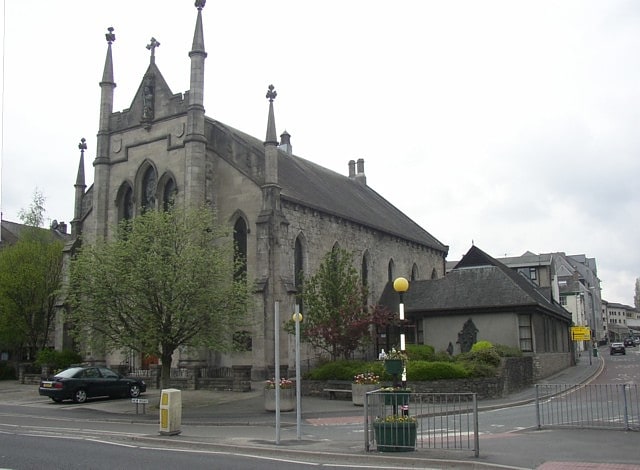
Catholic church in Kendal, England. The Church of Holy Trinity and St George is in New Road, Kendal, Cumbria, England. It is an active Roman Catholic parish church in the diocese of Lancaster. It is recorded in the National Heritage List for England as a designated Grade II* listed building. The church was founded by the parish priest, Thomas Wilkinson, and designed by local architect George Webster. Architectural historians regard the church as the best of the three designed by Webster in the town.[10]
Address: 33 Blackhall Rd, LA9 4BW Kendal
Alavana
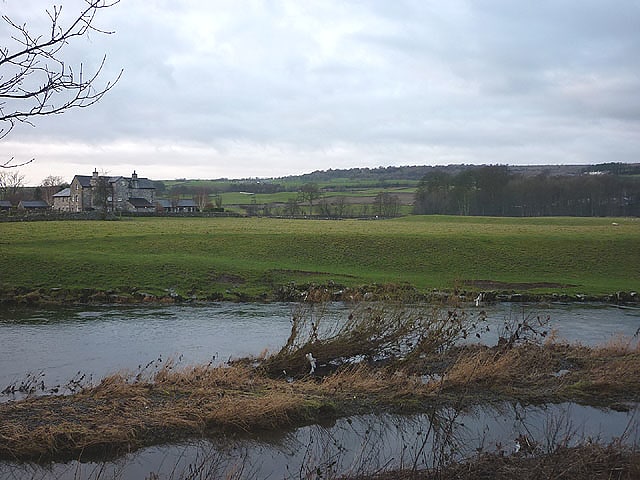
Alavana was a name tentatively applied to the ruins of a Roman fort at Watercrook about 2 mi south of Kendal in Cumbria, for which the Roman name Medibogdo is a perfect fit to its river-bend position. The fort at Watercrook was erected around AD 90, originally in timber but then redone in stone around the year 130 during the reign of Hadrian. The fort was abandoned for about 20 years during the Antonine occupation of Scotland. It was refurbished under Marcus Aurelius and occupied until around 270, when its military units departed. Its remains are now largely buried beneath a local farm, while excavated artifacts are displayed at the Kendal Museum.
Alone was probably the name of a civilian settlement at Kendal. The Antonine Itinerary placed it 18 m.p. from Galava and 19 m.p. from Calacum) It is a spelling variant of Alauna, a very common ancient name in Britain (at least a dozen instances) and on the Continent, which served primarily as a river name, and was applied secondarily to forts and settlements on those rivers. Sorting out all their locations and their spellings in ancient sources is not easy.[11]